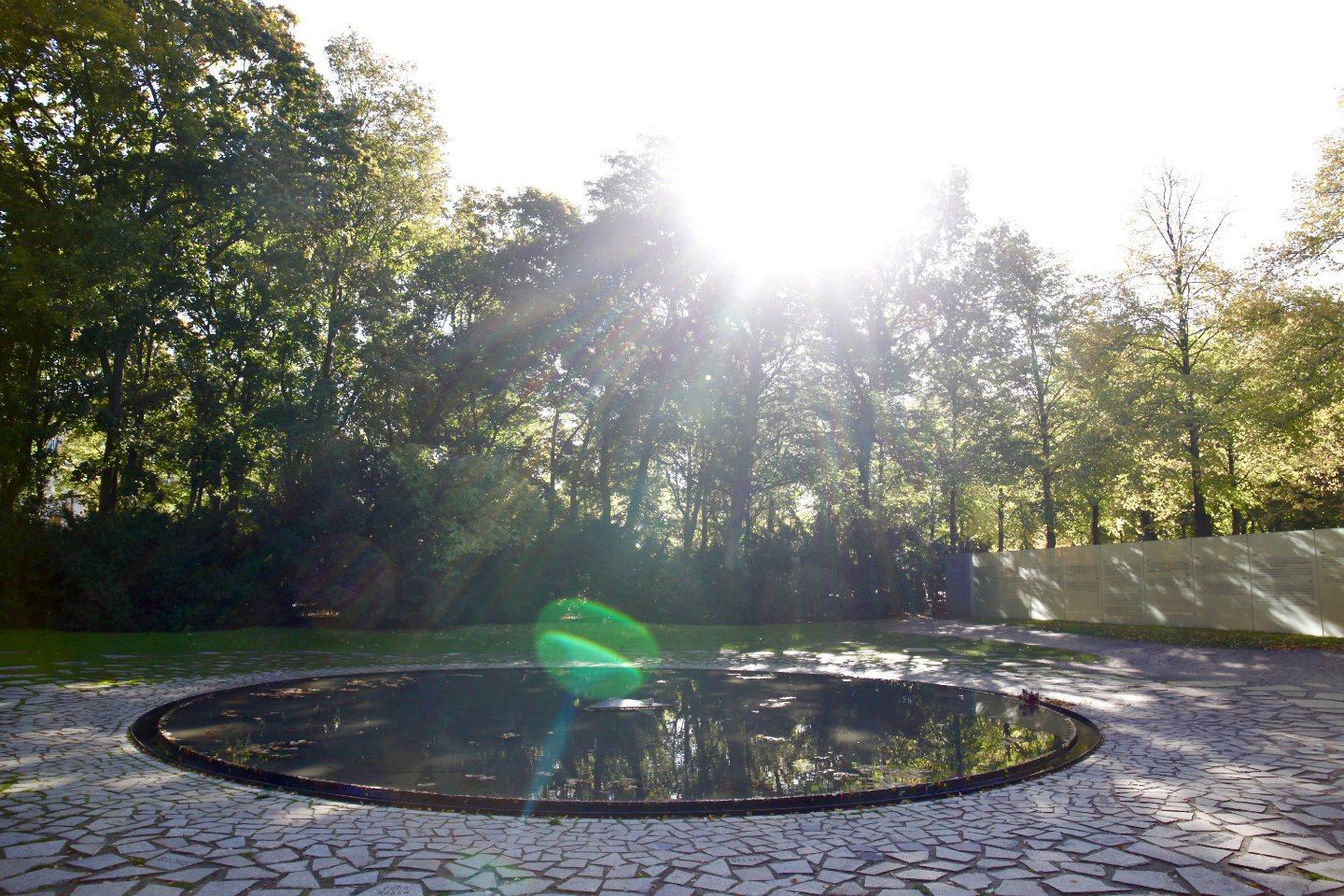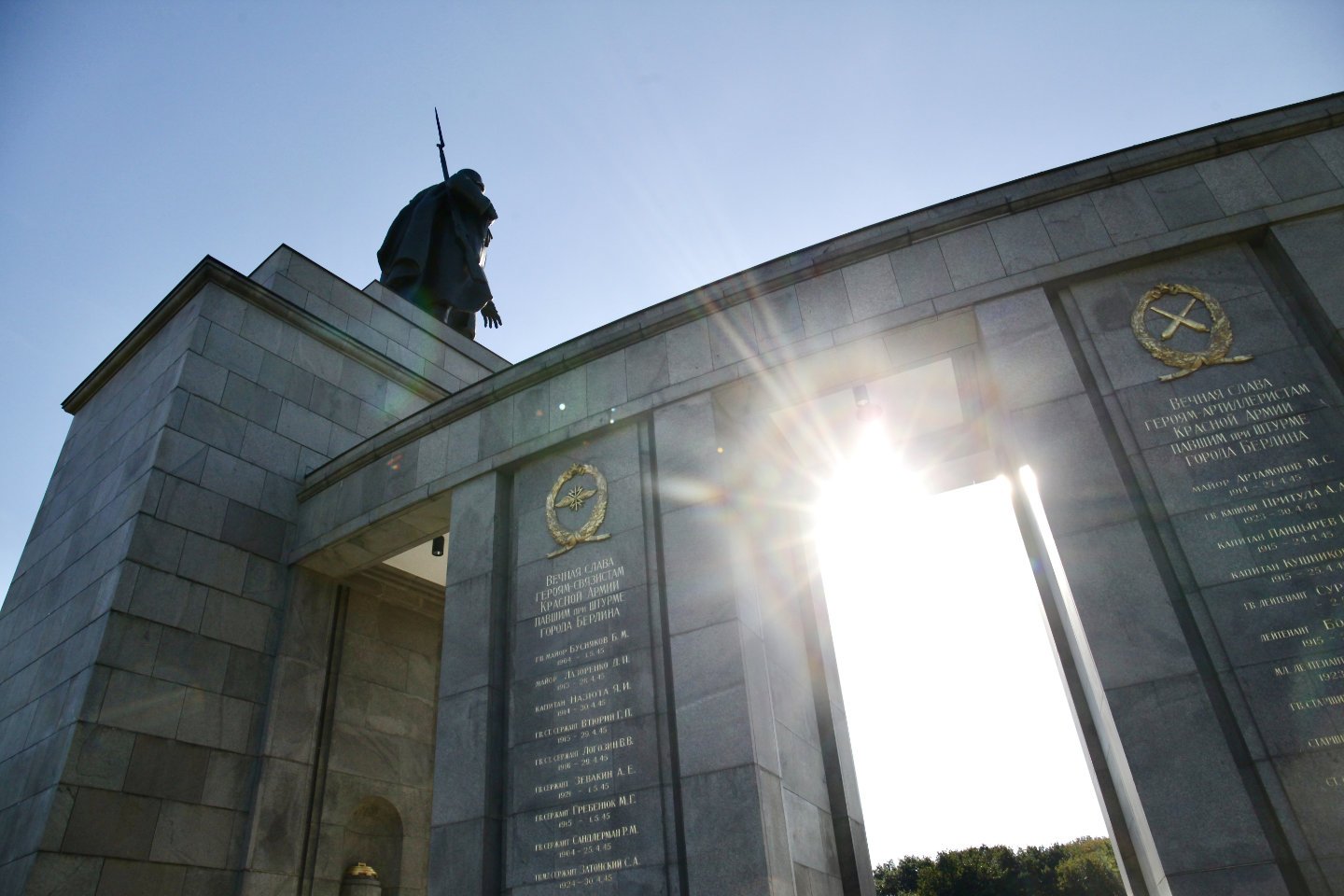Whitlam’s Self-Guided Berlin Walks: Third Reich & WWII Memorials
Would you like to explore Berlin and discover how Germany presents the history of the Nazis? This self-guided walk will take you to 6 memorials that sensitively explain the history of World War Two and Adolf Hitler’s “Third Reich”.
This self-guided walk is free and includes a custom Google Map so that you can easily find your way.
What’s included on this self-guided walk?
The Reichstag (German parliament)
Memorial to the Murdered Members of the Reichstag
Memorial to the Sinti & Roma Murdered Under National Socialism
Soviet War Memorial Tiergarten
Memorial for the Victims of the Nazi Euthanasia Program
Memorial to Homosexuals Persecuted Under National Socialism
Memorial to the Murdered Jews of Europe
Getting to the Reichstag
Your free self-guided walk begins in front of the Reichstag building, Germany’s parliament. You can reach it on the U-Bahn by stopping at the Bundestag Station on the U5 Line. It’s also only a short walk from the main train station, Hauptbahnhof.
The Reichstag: scene of one of WWII’s final battles
1. The Reichstag
The mighty Reichstag building was built as the German parliament back in 1894. At that time Germany was a monarchy led by the Kaiser, or Emperor, Wilhelm II. After the Kaiser’s abdication following WWI Germany became a democracy. The next 14 years, known as the Weimar period, would be unstable to say the least. Germany suffered two economic and several changes in government. Capitalising on economic turmoil, widespread distaste for the political system, and existing prejudices against Jews and other groups, Adolf Hitler and the Nazi party came into government in 1933.
While they were democratically elected, the Nazis never received a majority. They formed a coalition government at first, but would quickly seize complete control and suspend democracy. On the 27th of February, 1933, the Reichstag building was set on fire. Historians still debate as to whether or not the Nazis or the communists started the fire, but we do know that the Nazis used the fire as a pre-text for rounding up their political opposition. We’ll find out more about this at our next stop as we visit our first memorial.
2. Memorial to the Murdered Members of the Reichstag
Us tour guides call this the “bike rack” memorial, for obvious reasons. It can be a little hard to find - it’s next to a temporary building that probably has a lot of people queuing outside of it.
The memorial is made of 96 individual pieces, each one for a Reichstag member interned by the Nazis. 95 of them were killed during the 12 years of the “Third Reich”. You can see the name of the victim, their years of birth and death, and the place where they were killed. “KZ” means ‘Concentration Camp’, while “KPD” and “SPD” refer to the Communist Party and the Social Democratic party respectively.
The memorial for Sinti & Roma victims of the Nazis was opened in 2012
3. Memorial to the Sinti & Roma Murdered Under National Socialism
An often overlooked group, Sinti are Roma are the two largest of many groups referred to as “gypsies” by the Nazis. The German for ‘gypsy’, Zigeuner, is a politically incorrect term that you will not likely hear today.
This memorial was opened by Angela Merkel in 2012. It if for the ‘at least’ 200,000 Sinti & Roma victims of the Nazis. Due to their nomadic nature the Nazis and their allies were theoretically able to round up entire communities of Sinti and Roma, murder them, and cremate their remains so as to leave very little evidence of their crimes.
The memorial features a black pond with a triangle in the middle that symbolises the black and brown triangles worn by Sinti and Roma prisoners in the Nazi concentration camps. A fresh flower is placed in the centre of the memorial every day to symbolise that, despite trying, the Nazis were not able to completely extinguish the lives of Europe’s Sinti and Roma.
The Soviet War Memorial in Berlin’s Tiergarten park is flanked by two Soviet T-34 tanks
4. Soviet War Memorial Tiergarten
In 1945 the Soviet Union made the final push in WWII in Europe as they pressed forward into Berlin. They would begin their attack on the capital on Hitler’s birthday, the 20th of April, 1945. Many soldiers would die in the ensuing Battle of Berlin, and 2,000 of them are buried here. The memorial opened a few months after fighting stopped.
The statue at the centre of the memorial depicts a Soviet solider, beneath it, in Russian, the inscription reads “Eternal glory to the heroes who fell in the struggle against the German fascist invaders for the freedom and independence of the Soviet Union”. Two T-34 tanks and two ML-20 artillery units sit either side of the memorial.
5. Memorial for the Victims of the Nazi Euthanasia Programme
Otherwise known as the “T4 Program” was the Nazi euthanasia program. Around the start of World War Two the Nazis made the decision to subject “incurably sick”, mentally and/or physically disabled people to “mercy killings”. The T4 program made use of carbon monoxide gas (car engine exhaust) to kill ‘patients’ taken away from their families, often by SS units dressed in white coats to give the appearance of being doctors, to ‘special treatment centres’, so named to pacify family members. In many cases victims were killed on arrival.
Opened in 2014, the memorial features a blue glass panel that represents entrapment. There’s an exhibition next to it that hit me very hard the first time I saw it. It’s not just the details of the euthanasia program, I’d read those before, it was the fact that the memorial was made to be accessible: everything is at a height suitable for wheelchair users, text is displayed in both complex and simplified language to make sure that everyone can understand it. What hit me at this memorial was how inaccessible much of the world is for many of the people that, were they in Germany in the ‘40s, would themselves have been victims of the Nazis.
T4 refers to the address Tiergartenstrasse 4, where the Nazis put together their euthanasia plan.
6. Memorial to the Homosexuals Persecuted Under National Socialism
This memorial was opened by then mayor of Berlin Klaus Wowereit in 2008. Wowereit was one of Germany’s first openly gay politicians. The memorial was designed by a Scandinavian homosexual couple. The large concrete block, similar to those at the Memorial to the Murdered Jews of Europe, represents that humans are at the same time both similar and different (the memorial for Jewish victims of the Nazis is very close by). The video playing inside shows an affectionate homosexual couple.
The abstract Memorial to the Murdered Jews of Europe has to be experienced to be understood
7. Memorial to the Murdered Jews of Europe
The largest memorial on our tour, the Memorial to the Murdered Jews of Europe takes up an entire block of Berlin. It is made up of 2,711 concrete columns, and according to the architect himself, Peter Eisenman, it has no official meaning. It’s an abstract art piece. See for yourself what you think and feel as you walk through the memorial, think how it works for you (and maybe even how it doesn’t).
Remember when you are there that the memorial represents 6 million people murdered and put through unimaginable cruelty at the hands of a violent, racist government. Please consider this when you are taking photographs at the memorial. What kind of things do you want to capture, and why? Sharing this place with people and encouraging them to come and discover this history is a good thing, just make sure it’s done tastefully.
8. Museum Beneath the Memorial to the Murdered Jews of Europe
I think the memorial is excellent, thought-provoking, and abstract. However, I understand that it leaves some people feeling somewhat confused. The answer to this is the museum beneath the memorial. It’s fairly small, but very well done. The central idea of the museum is to take the idea that history is written by the winners and turn it on its head. History, they say, should be viewed through the eyes of the victims.
There’s less of a focus on the sheer number of people murdered in the museum, they are mentioned, but the focus is put on the experience of individuals that had their lives taken by the Nazis. The goal is to put human faces to this tragedy.
The museum is free and is open 6 days per week (closed on Mondays). There can be a line outside sometimes.
9. Did you enjoy this walk? Please leave me a Google Review and share this page on social media
I hope you enjoyed this walk and saw and learned some things you may otherwise have missed on your own. While this content is free, I earn a living selling private tours. Five-Star Google reviews are a free way for you to promote my business and say thank you. Click here to leave me a review. Thank you.
Another way you can help is to follow me on social media and share my tours with your friends, your family, and whoever will listen!
Book me for a private Nazi Germany & WWII Berlin Tour
You can book me for a private tour of these sights and many more, including the Nazi government district and explore Berlin’s WWII history in depth. Click here to book now instantly.





